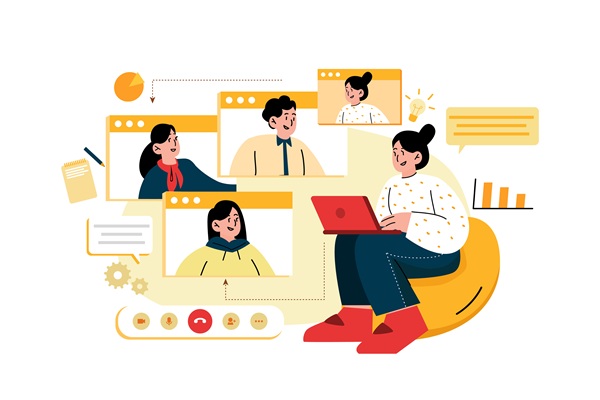Language learning through digital and creative innovation

Multilingualism improves cognitive function, cultural sensitivity, employability and personal fulfilment. Several projects that benefit educators and learners alike are helping to change the face of multilingual education.
Supporting multilingual classrooms
In cooperation with the European Commission, the European Centre for Modern Languages (ECML) supports multilingual classrooms with training workshops that help Member States ensure access to quality education for migrant learners and bridge the attainment gap with non-migrant pupils.
A thorough training plan for teachers to better help newly arrived pupils who don’t speak the school language is being pioneered by the Erasmus+ ALTA project (ALlophone Teachers’ Academy). Educators can improve their ability to integrate these pupils, and establish the groundwork for a more inclusive classroom climate.
By teaching more about multilingualism and bilingualism, the TEAM project equips teachers to better meet the requirements of migrant pupils. It creates tools for teachers to implement inclusive teaching practices, including a Moodle course and a detailed manual.
The Erasmus+ funded Young Interpreters project makes use of elementary school pupils’ language abilities. The project empowers bilingual and multilingual pupils by teaching them to interpret, acknowledging their talents and helping new language learners feel comfortable. Project results show that new pupils benefit from a more friendly and encouraging learning atmosphere, and pupils who serve as interpreters also strengthen their leadership and communication abilities.
For pre-service and in-service teachers, the project behind the e-LearnScene website has developed German language pedagogical resources that address pupils’ diverse language and cultural backgrounds. The materials integrate technologies that facilitate collaborative and learner-centred teaching and support efficient classroom management.
Another project concentrates on the requirements of parents in monolingual cultures with bilingual education systems. BiMo (Bilingualism in Monolingual Contexts) gathers informed policy suggestions from education systems that have experience with bilingualism and gives parents tools for at-home language learning. This helps to promote a more accepting and understanding view on multilingualism. Its results emphasise the importance of parental engagement in bilingual education and provide useful guidance for boosting these programmes’ efficacy in monolingual settings.
Using ICT and innovative methods for engaging language learning
Language learning is being revolutionised by ICT and other innovative approaches that make it more efficient and interesting.
The ECML-funded ICT-REV project has developed an inventory of freely available online tools and open educational materials for language teaching and learning.
One project leading this change is the Knights of the European Grail project, which incorporates educational materials into mobile games. The project, which recognises the decrease in interest in traditional learning tools, employs a game-based strategy to pique the curiosity of the younger generation who are more accustomed to digital devices and to make language learning engaging and immersive.
Similarly, the SpeakER project improves language learning by integrating escape games into the curriculum, and offers language teachers creative ways to make learning dynamic and interesting. It created a variety of gamified pedagogical materials to strengthen digital skills and make language learning a more dynamic experience.
The kids.deutsch.info portal provides a fun and interesting method for younger children to learn German. Aimed at pupils aged 5–8, it has developed a range of resources including songs, films, graphics and prizes. It also offers materials for educators and parents, forming a support system for young language learners.
ELANG Citizen and ELANG - Digital Literacy are two ECML projects that give teachers access to a multitude of free educational resources and ICT technologies, with the goal of incorporating digital literacy into language instruction. These projects help pupils to improve their language skills while developing critical life skills, and encourage digital citizenship and literacy.
These projects show how effective mixing technology, playful and creative teaching techniques can be in language instruction. They are changing language teaching and learning by incorporating interactive, dynamic and successful learning experiences that help equip pupils for the future.
Further reading
Additional information
-
Education type:School Education
-
Evidence:N/A
-
Funding source:European Commission
-
Intervention level:N/A
-
Intervention intensity:N/A
-
Participating countries:AustriaBelgiumEstoniaMaltaPortugalSerbiaSlovakia
-
Target audience:TeacherStudent TeacherHead Teacher / PrincipalTeacher EducatorResearcher
-
Target audience ISCED:Primary education (ISCED 1)Lower secondary education (ISCED 2)Upper secondary education (ISCED 3)
